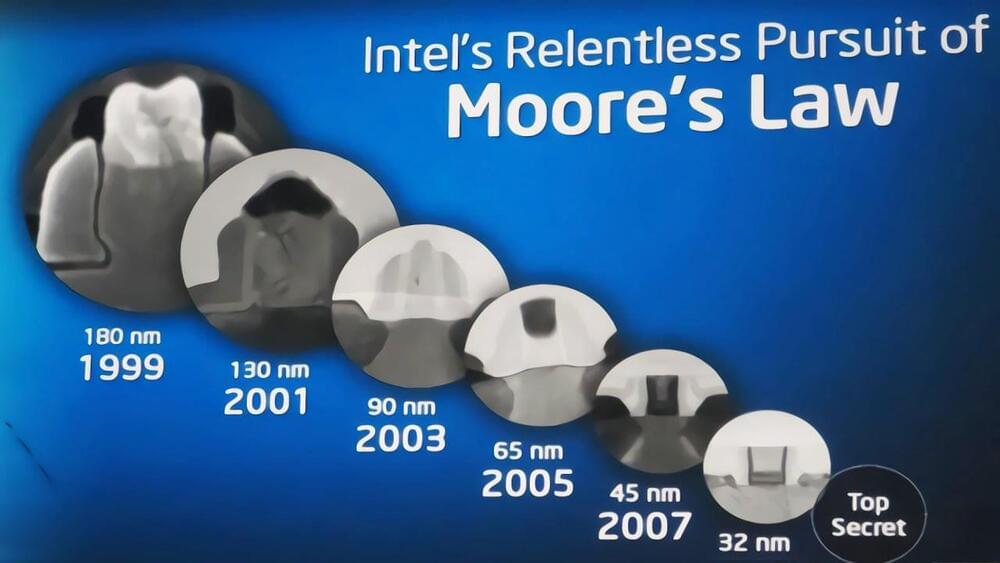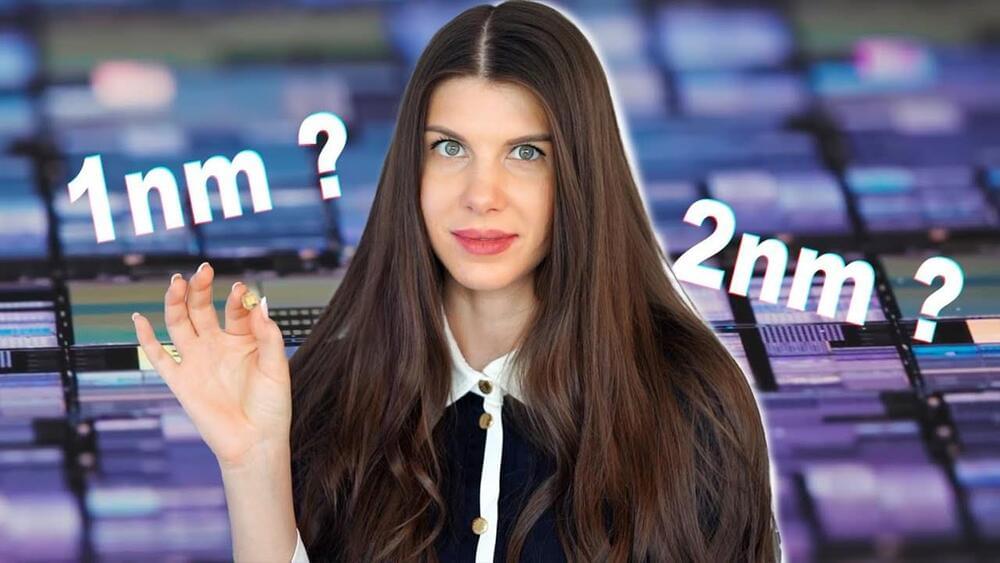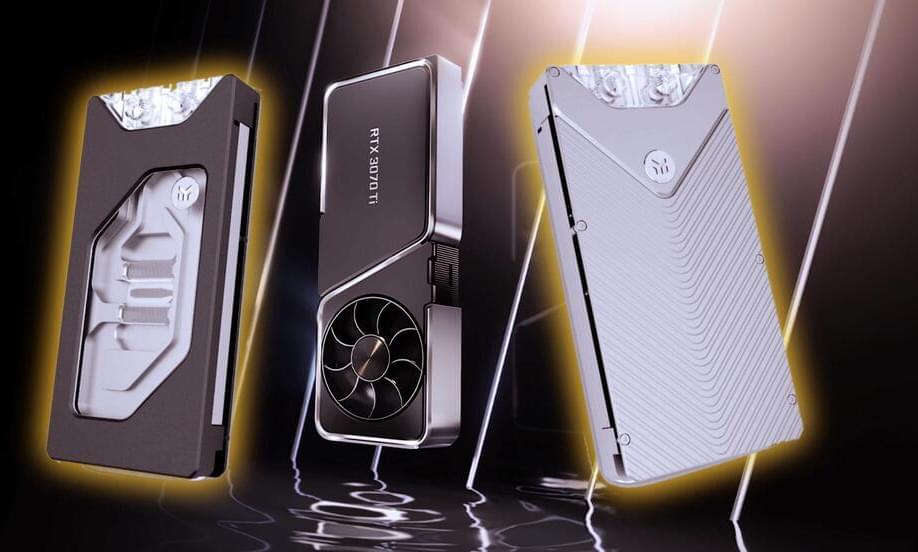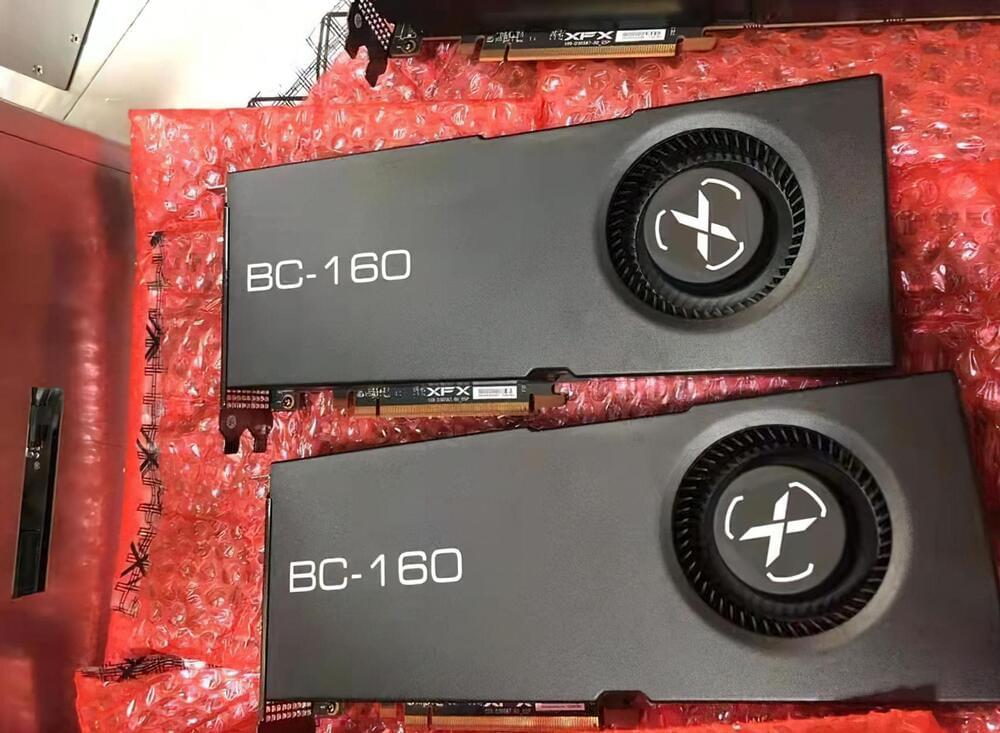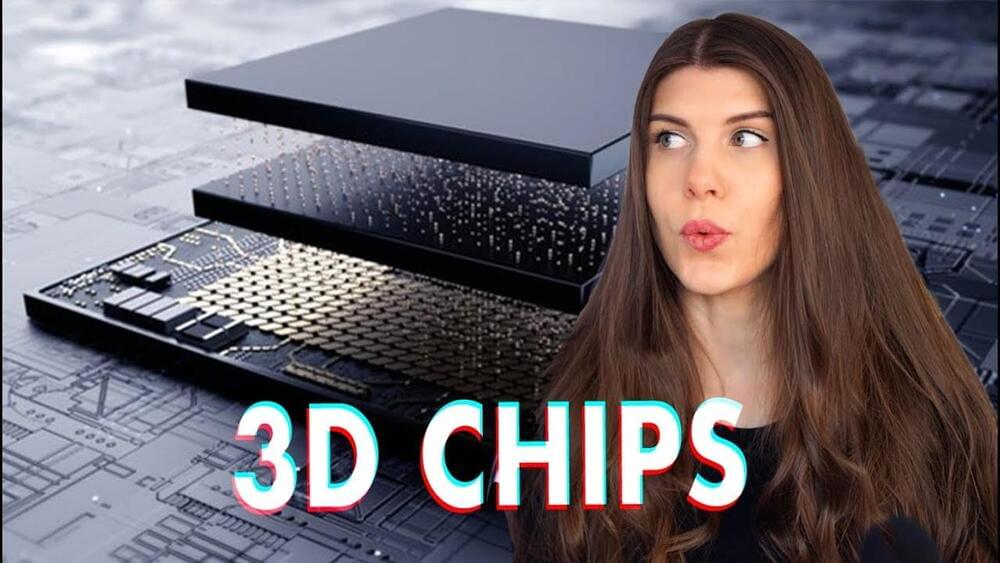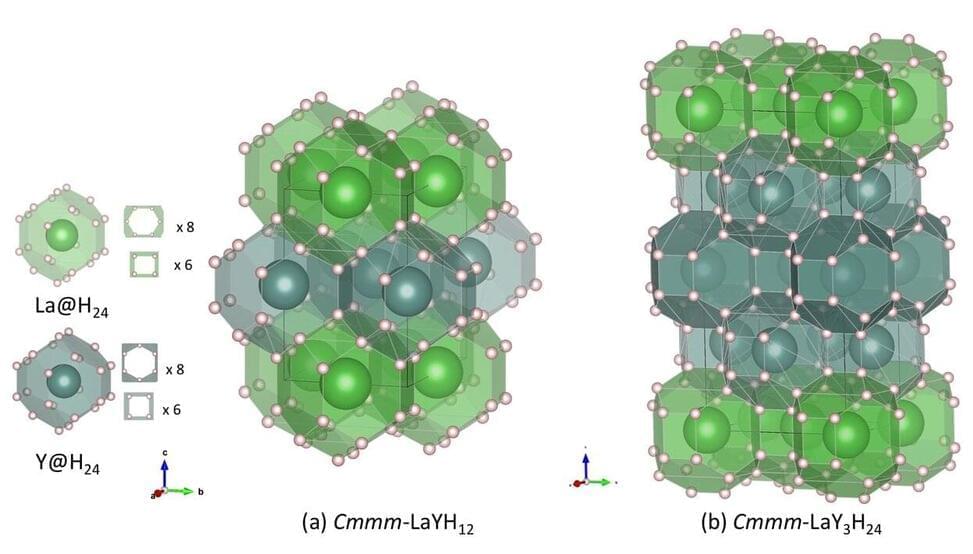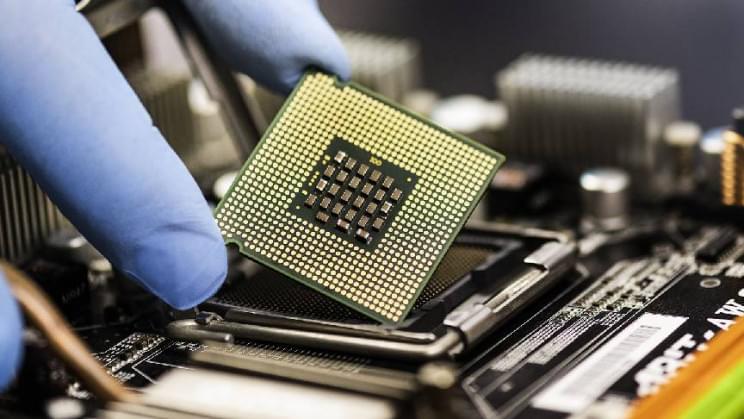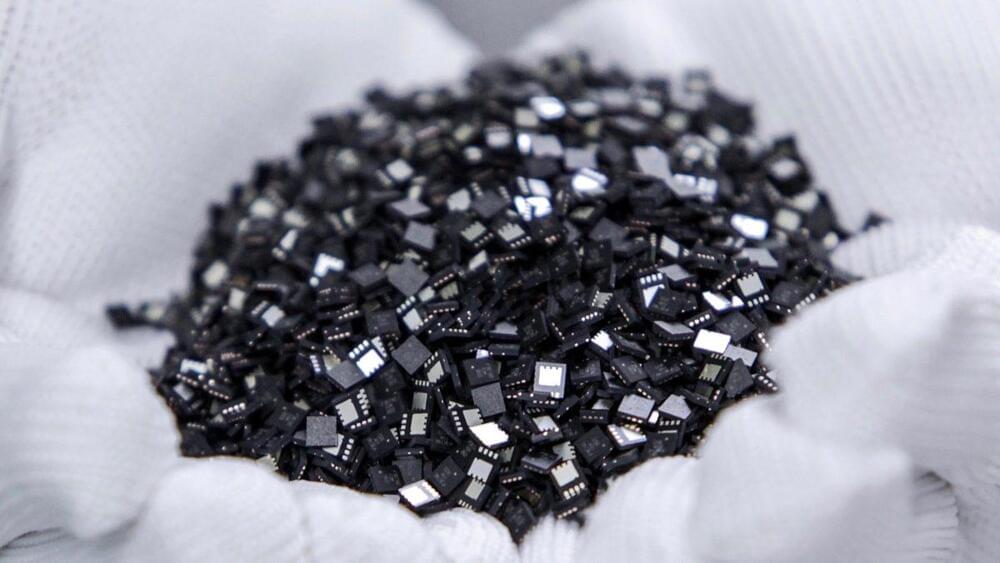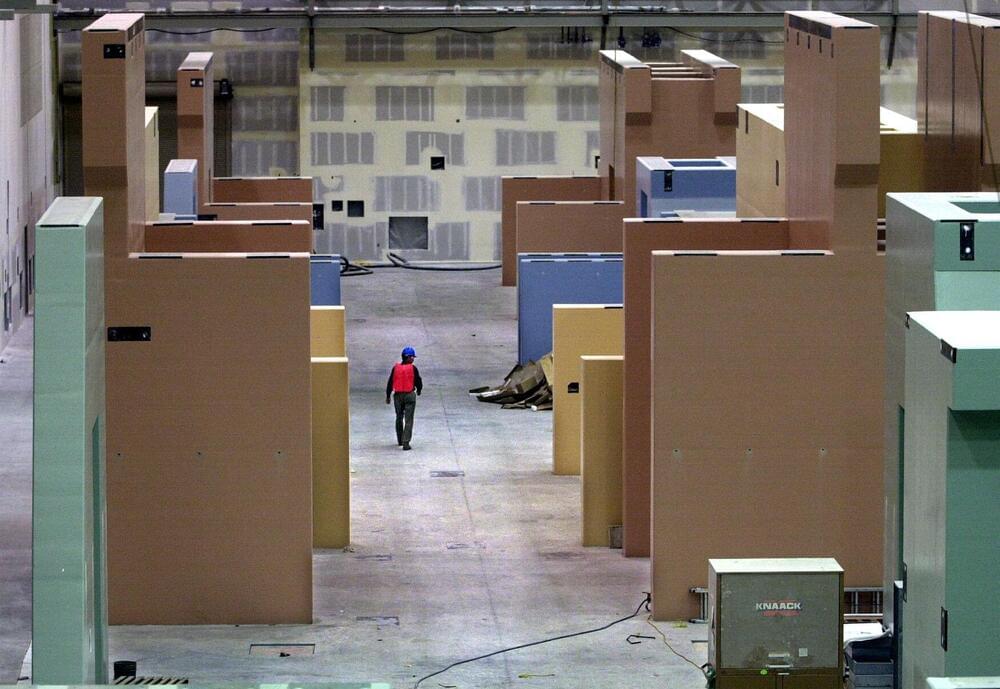Dec 14, 2021
This is the Future of Moore’s Law — Intel’s Incredible Plans
Posted by Dan Breeden in categories: business, computing
Intel has just announced their plans to continue Moore’s Law well into the next decade which promises us up to a 10x performance and efficiency increase through new hardware semiconductor approaches. For example with the help of 3D CPU Transistors or GAAFET. The breakthroughs revealed at IEDM 2021 demonstrate Intel is on track to continue the advancement and benefits of Moore’s Law well beyond 2025 through its three areas of pathfinding and maybe even beat its competitors TSMC and Samsung in the fab business.
–
TIMESTAMPS:
00:00 Moore’s Law isn’t dead.
01:41 What is Moore’s Law?
03:08 How Intel will continue Moore’s Law.
06:22 Intels Competitors.
09:16 Last Words.
–
#intel #hardware #mooreslaw
